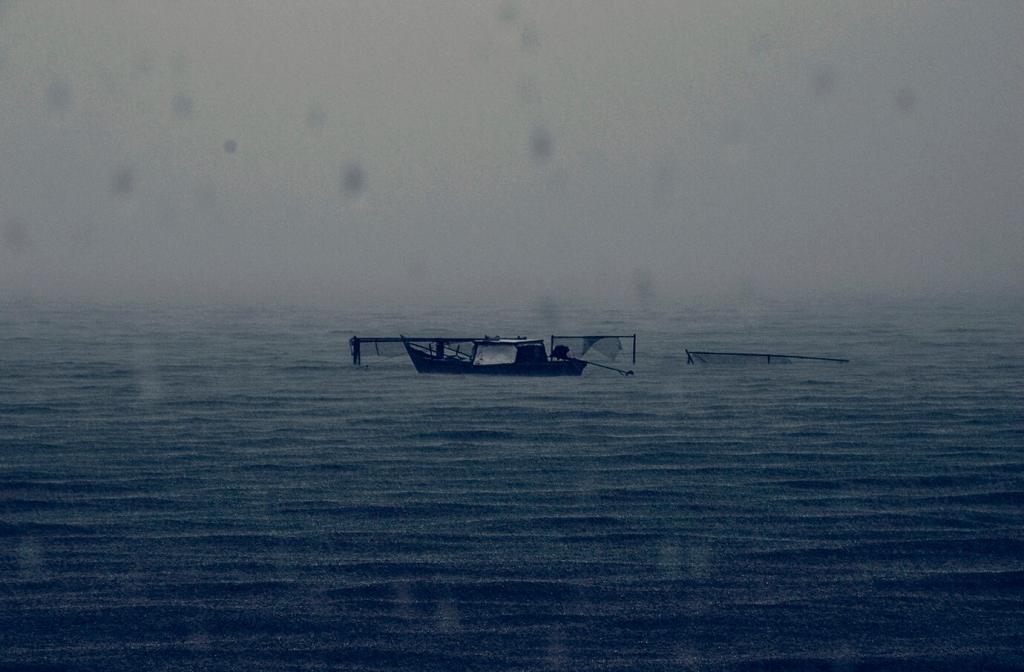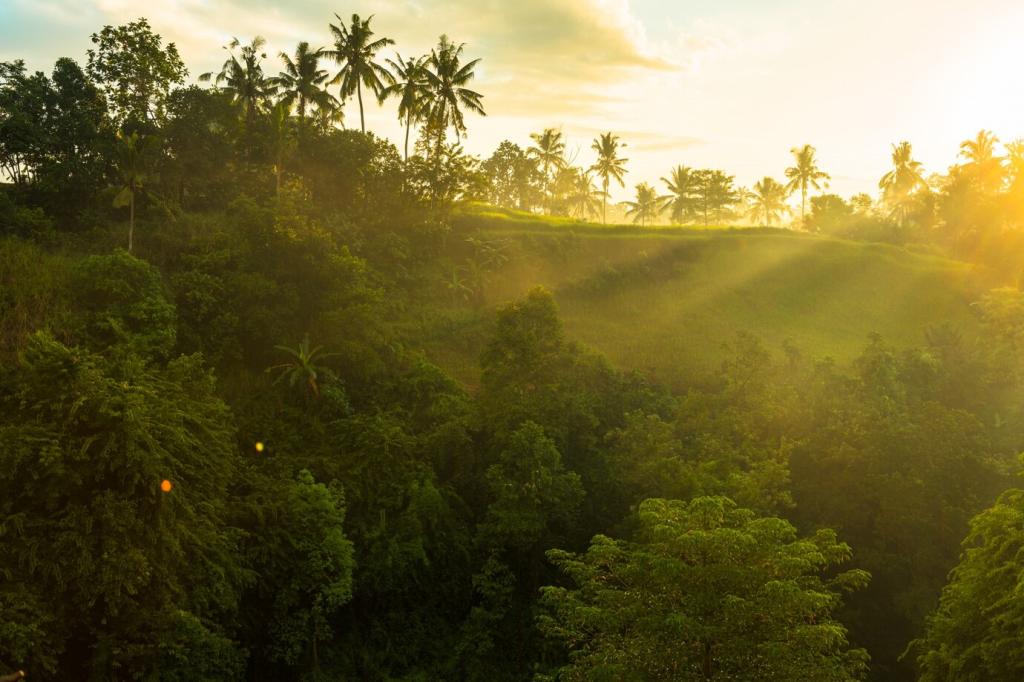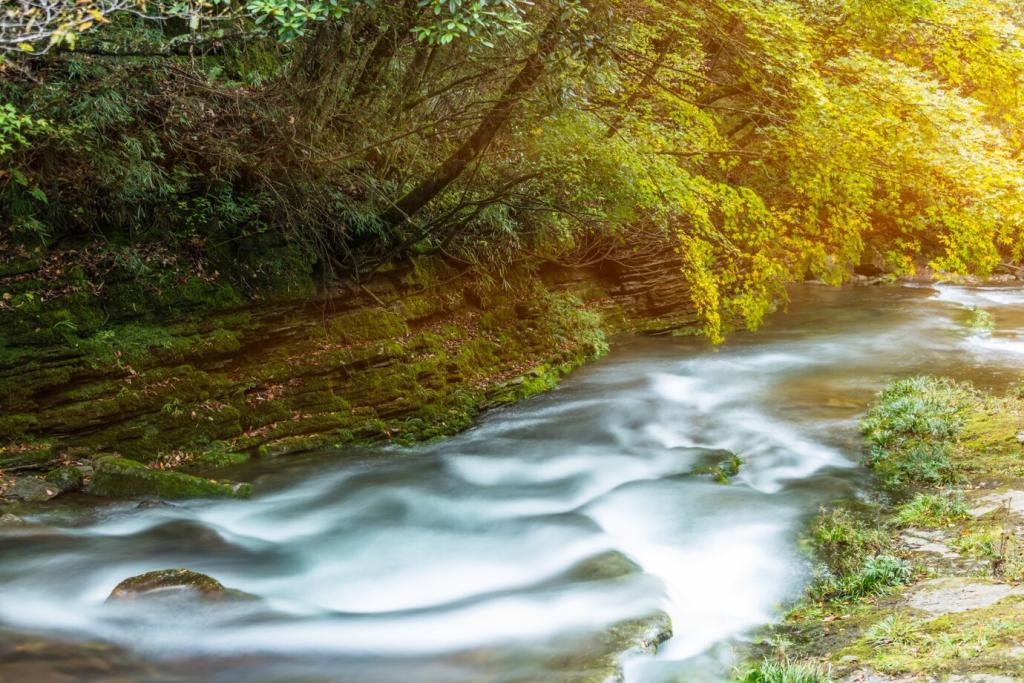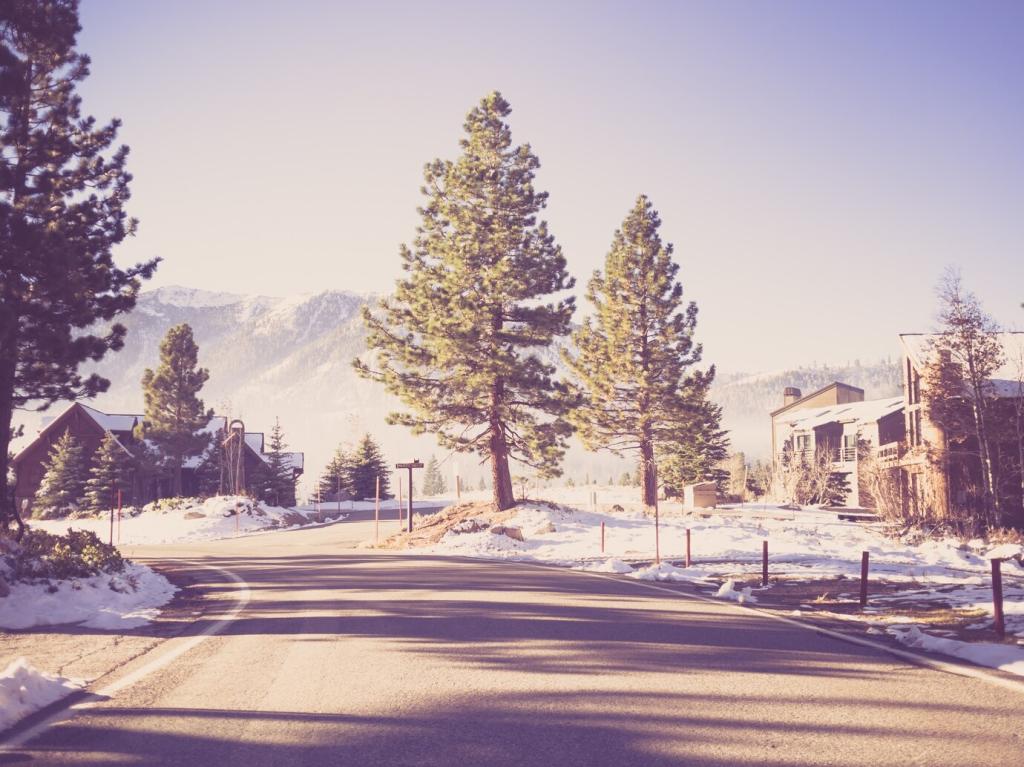Rainforests of Renewal: Lessons from Costa Rica, Borneo, and the Amazon
With more than a quarter of its land protected, Costa Rica proves biodiversity can fuel livelihoods. Canopy walks, cloud-forest reserves, and community-led lodges help reforestation take root—and travelers leave as eager ambassadors.
Rainforests of Renewal: Lessons from Costa Rica, Borneo, and the Amazon
In Borneo, eco-tourism supports wildlife corridors that reconnect fragmented forests. Guided river safaris fund rehabilitation centers, while local rangers monitor nests—helping orangutans swing toward a safer future, one trek at a time.
Rainforests of Renewal: Lessons from Costa Rica, Borneo, and the Amazon
Indigenous-managed reserves in the Amazon pair traditional knowledge with strict visitor limits. Small-group canoe routes and homestays keep footprints light while ensuring income flows directly to guardians of the forest.
Rainforests of Renewal: Lessons from Costa Rica, Borneo, and the Amazon
Lorem ipsum dolor sit amet, consectetur adipiscing elit. Ut elit tellus, luctus nec ullamcorper mattis, pulvinar dapibus leo.









